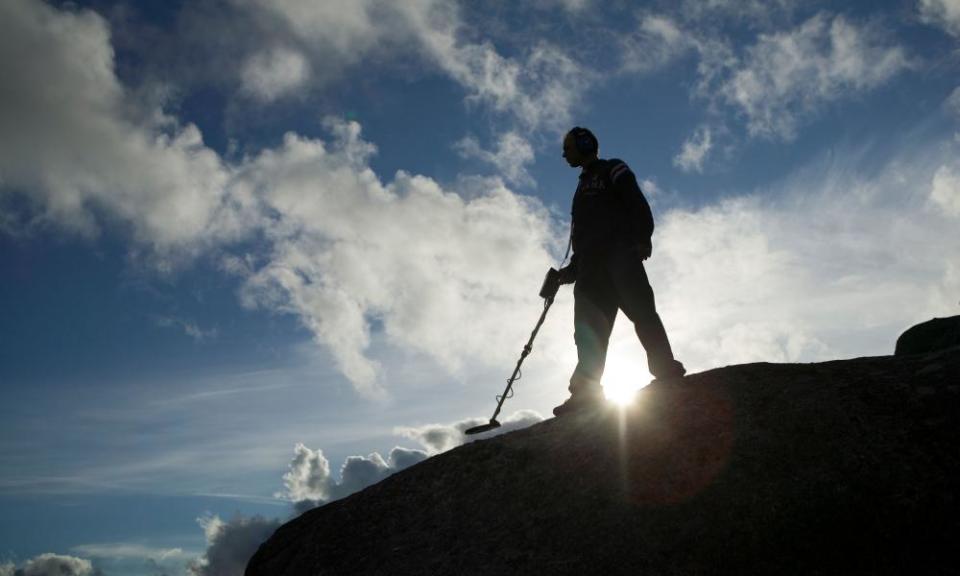Metal-detecting versus real archaeology

Archaeology is not metal-detecting – the discovery of objects is not the aim, however “valuable” an item or hoard may appear to be (Stealing Britain’s history: when metal detectorists go rogue, 2 June).
The use of the term “treasure” in the name of English and Welsh legislation is highly misleading, only fostering views such as that of the National Council for Metal Detecting that a find is akin to “opening a Christmas present”.
As a professional archaeologist, I approve of the antiquities systems in Ireland and Scotland, and would advocate that the use of an electronic device to detect lost metal should be licensed.
Important metal finds only come to life when discovered in the context of rare sites such as the bronze age village at Must Farm, Cambridge – our “prehistoric Pompeii”. Metal finds can be significant, but do not need to be held in the hand – my most significant recent discovery was from the pages of an academic journal, describing a substantial nail in an unusual context, an object which links to a historical source and could indicate the existence of a totally new site type in Britain. That requires more research in the museum store and a thorough site survey – the stuff of real archaeology.
Christopher Sparey-Green
London

